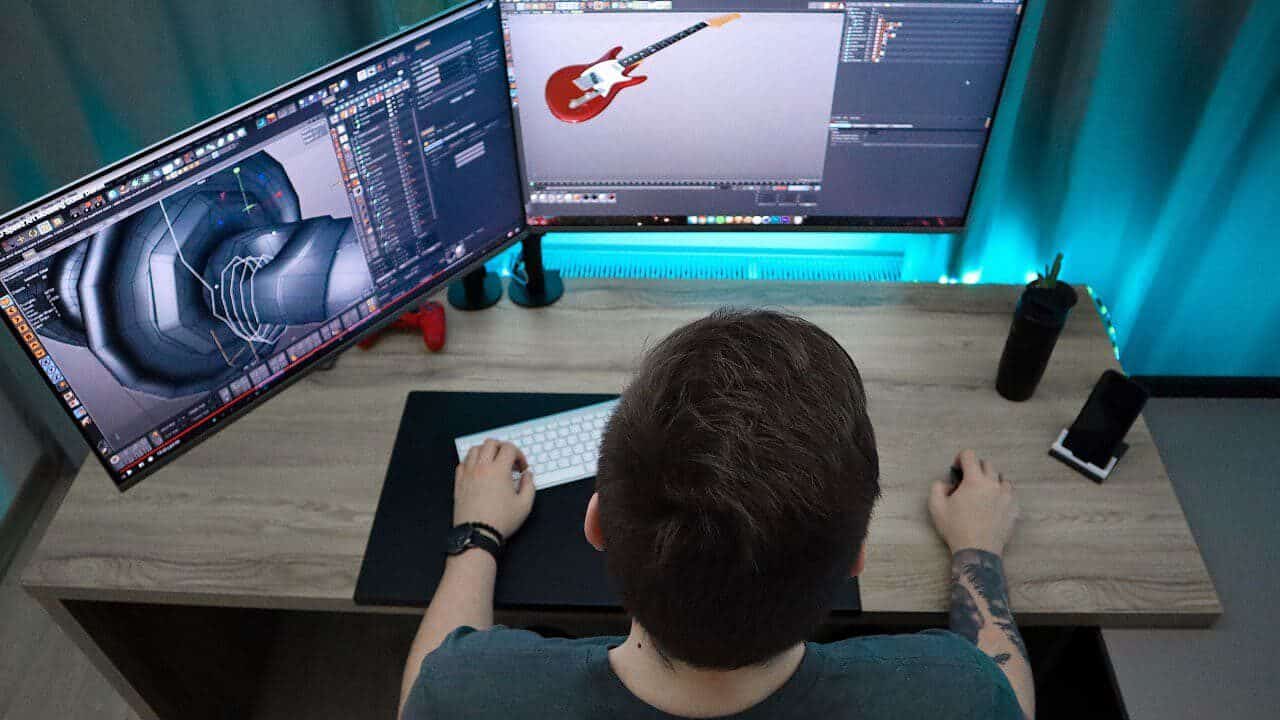Since time immemorial, visualization has retained its importance in passing information amongst humans. Visual accompaniment for information that needs to be conveyed, or a completely visual presentation, makes it easier for the target audience to understand.
Visualization involves using various graphic tools to foster object promotion and represent data in a way that is easily accessible and understandable to the public and targeted parties. It could be in the form of different methods such as area graph, bubble chart, candlestick chart, Gantt chart, heatmap, histogram, line graph, etc. Rieber (1995) in his publication “A Historical Review Of Visualization In Human Cognition” explained that visualization has seldomly been studied as a means of problem-solving and has been adopted as a means of problem-solving in industrial technology and in instances such as simulations, modeling, and multimedia.
Using the above-listed traditional techniques in visualization, however, came with its own detriments. These methods cannot display massive volumes of data and complex terms. Through the advancement of technology, visualization has encroached into more non-superficial contexts and pictures can now be manipulated to appear as moving images to produce what is generally referred to as animation.
Beautiful Visualization: Looking at Data through the Eyes of Experts
In the book “Beautiful Visualization: Looking at Data through the Eyes of Experts”, Fisher (2010) explained that at its core, animation displays a series of pictures in rapid sequence. He stated that “the viewer assembles these images, trying to build a coherent idea of what happened between them.” Also, Erhan et al (2013) in their paper published by The International Society of Optics and Photonics affirmed that the use of motion techniques (animation) is making big and complex data relatable. They explained that “using animation for scatterplots has made it possible to represent lots of data in a single view and make it easy to identify trends and highlight changes.”
Animations are now used across various industries including law, finance, engineering, medicine, entertainment, etc, and there are various tools and applications designed to produce animation on a low scale. Computer animation can be extremely detailed 3D animation, or it can be 2D computer animation (which can appear like conventional animation) for stylistic reasons, low bandwidth, or speedier real-time renderings. Shao (2020) in his article “Animation Feature Changes Based on Big Data Analysis” explained that “massive data and unlimited information have become the typical characteristics of the era of big data and it is against this background that the animation industry has undergone a profound transformation.”
“If a two-dimensional image is good, then a moving image should be better”
Fisher (2010) offers more explanation on animation being a promising form of visualization. According to him “animation helps a viewer work through the logic behind the idea by showing the intermediate steps and transition or show how data collected over time changes.” He stated that “the intuition behind animation seems clear enough: if a two-dimensional image is good, then a moving image should be better.” He further explained the interactive benefit of animation which involves letting the viewers participate on more levels than just viewing the contents.
In conclusion, the introduction of animation into the world of visualization has been of great help, and its continuous use across old, new, and emerging industries shows that it’s promising. It will continue to contribute to building detailed, more evocative, and understandable visualization.






